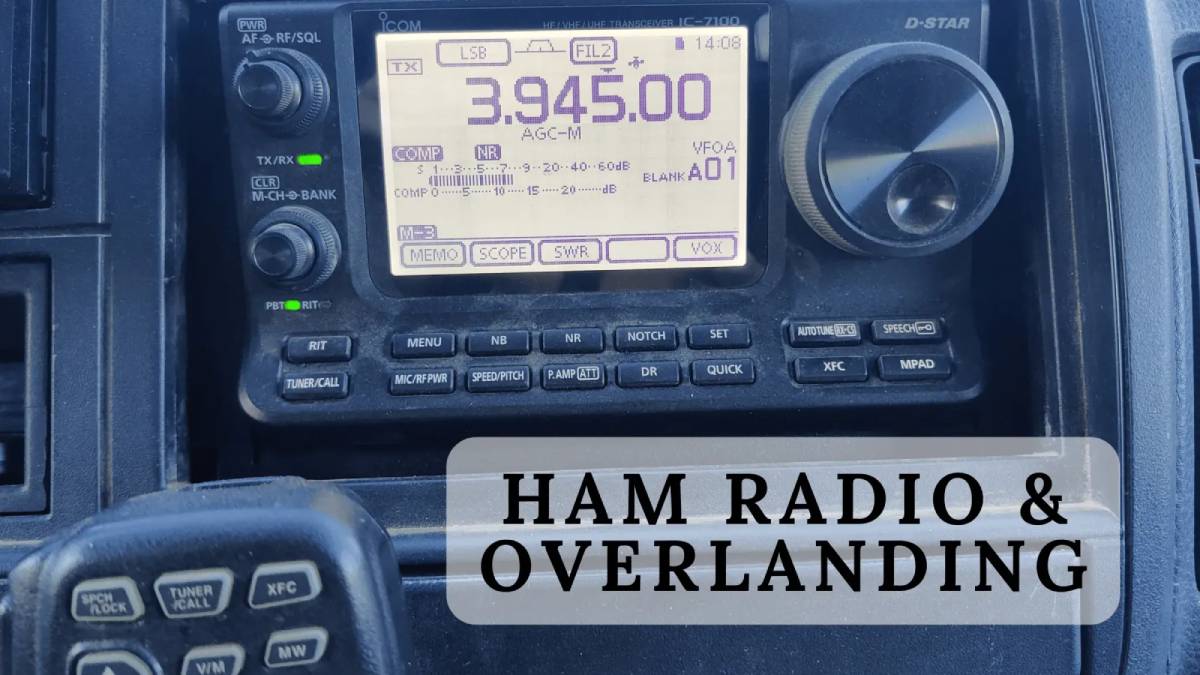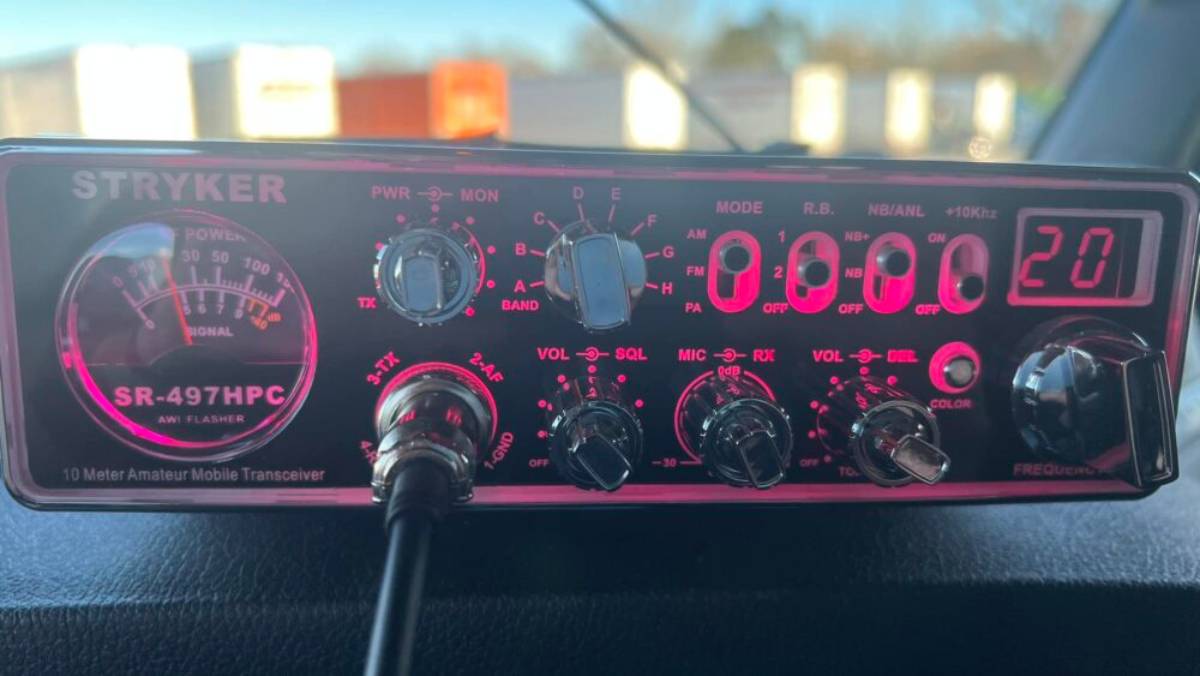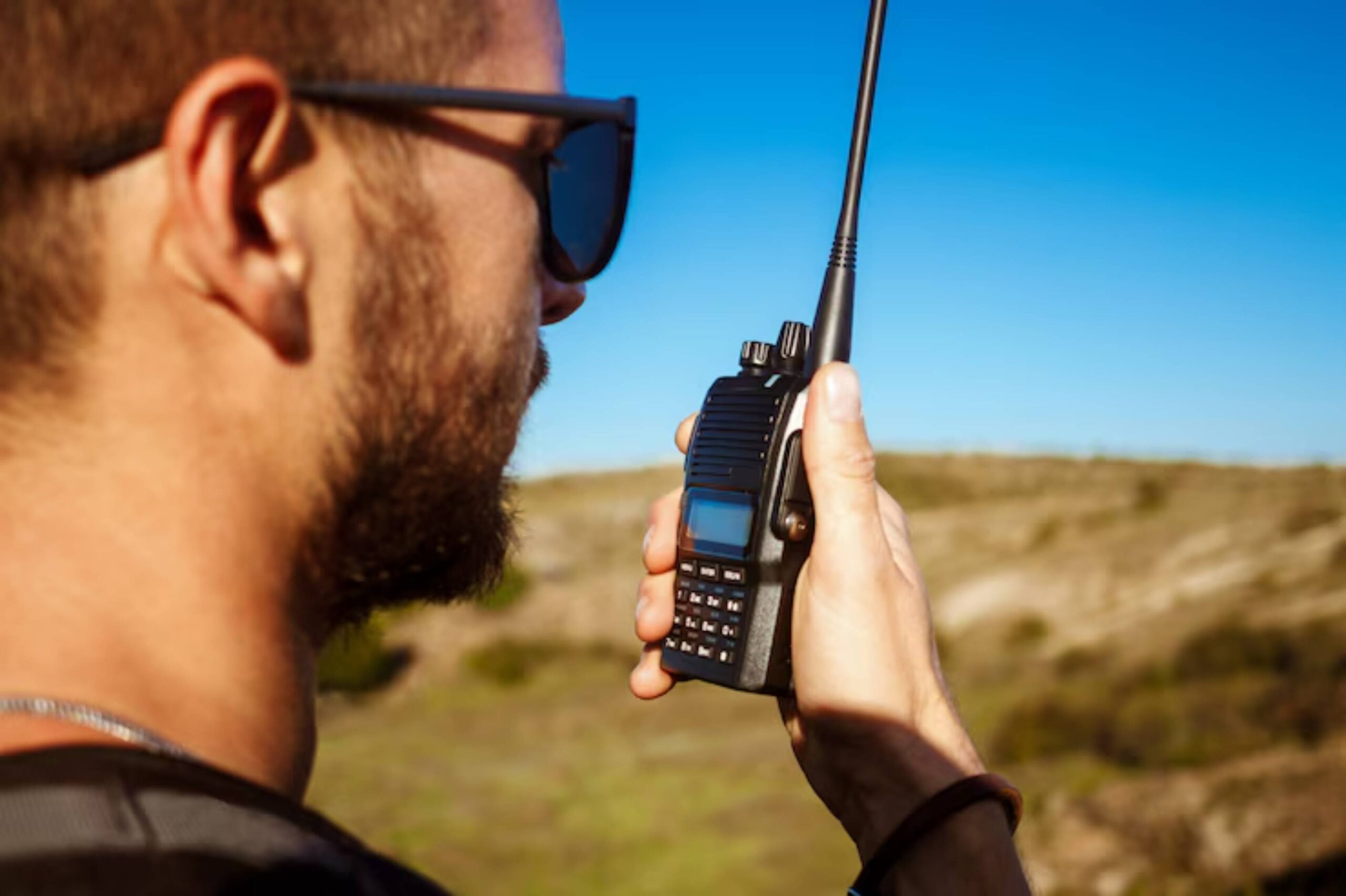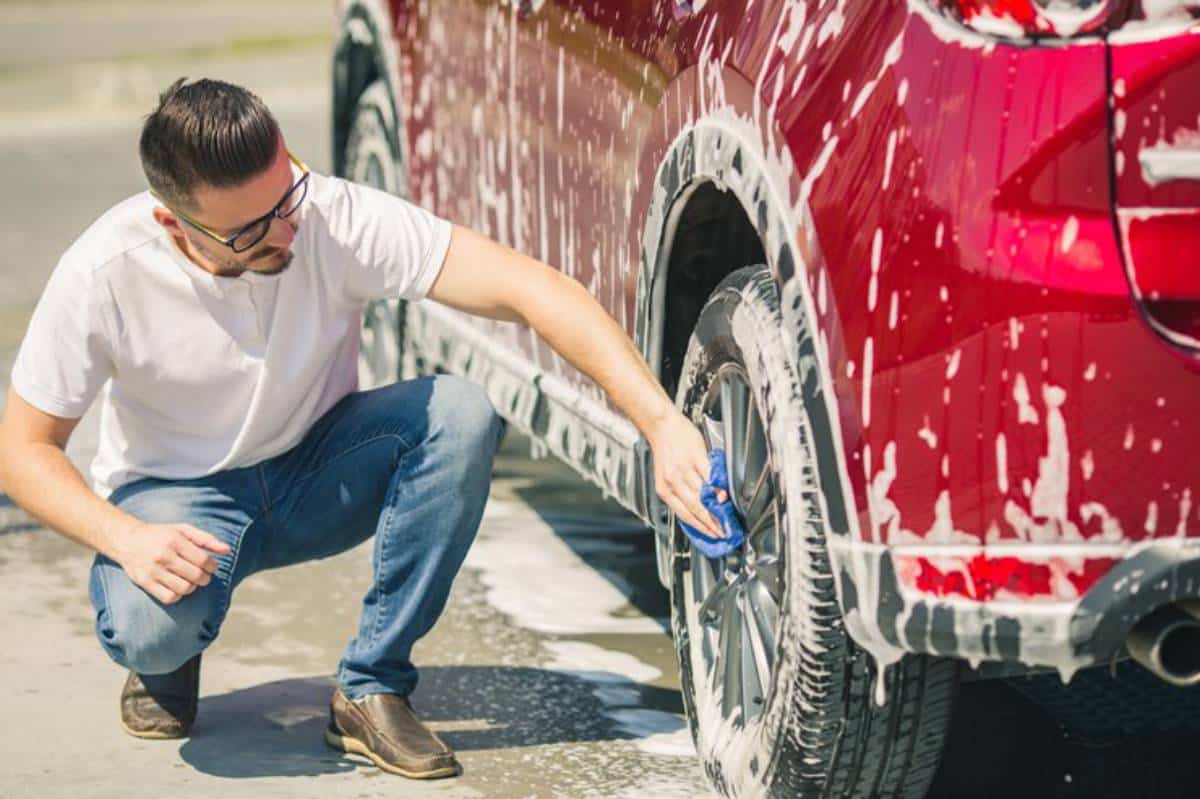
Setting Up a CB or Ham Radio for Overlanding
When mobile signal fades and satellite messengers are silent, there’s one classic tool that still keeps overlanders connected the radio. Whether it’s a trail convoy, emergency call, or weather update, having a CB or ham radio setup in your 4×4 adds a critical layer of communication—and can turn isolation into confidence.
Unlike mobile phones or data-driven apps, off-road radio communication offers real-time contact without relying on signal towers. But choosing the right system—and installing it correctly—requires a bit of know-how.
This guide walks you through the options and differences between CB and ham, as well as how to get your system trail-ready for remote, rugged adventures.
Why Radios Still Matter in Off-Road Travel
In many areas, cellular coverage is patchy or nonexistent. Radios fill the gap by
- Allowing real-time vehicle-to-vehicle comms in a convoy
- Receiving weather alerts or emergency broadcasts
- Enabling group coordination on multi-rig trails
- Serving as backup comms when other systems fail
For solo travellers, ham radios can even contact emergency repeaters in remote areas—assuming you’re licensed.
CB vs Ham Radio: What’s the Difference?
Understanding the key differences will help you choose the right tool for your needs.
CB Radio (Citizens Band)

- No license required
- Operates on the 27 MHz band
- 40 channels (AM/FM)
- Limited range ~3–8 km (line of sight)
Best For: Simple convoy comms, group chats, and casual off-road use.
Ham Radio (Amateur Radio)
- Requires a license (varies by country)
- Operates on VHF/UHF and HF bands
- Capable of long-range communication via repeaters
- Often includes APRS, weather, and digital data
Best For: Long-range travel, solo overlanding, emergency comms, and hobbyists.
Recommended CB Radio Units for Overlanding
Midland 75-822
- Handheld with mobile mount capability
- Weather channels and dual watch mode
Cobra 29 LX
- Full-size with weather scan and SWR calibration
- Backlit display and rugged casing
Uniden PRO520XL
- Compact and simple with RF gain control
- Built-in noise limiter for trail chatter
All of these mount easily inside most 4×4 dashboards or consoles.
Recommended Ham Radios for Off-Road Use
Yaesu FT-2980R (VHF Only)
- 80W power output
- Durable, heatsink-based design (no fan)
- Great for simplex or repeater use
Icom IC-2730A (Dual Band)
- VHF/UHF simultaneous receive
- Bluetooth and remote head options
Baofeng UV-5R (Handheld)

- Budget-friendly and portable
- Great as a backup or starter unit (check legal use in your country)
Ham radios often require external antennas and tuning—be sure to follow your licensing authority’s guidelines.
Antennas and Mounting Tips
For CB:
- Fibreglass whip antennas (4–5 ft) offer a good balance of gain and flexibility
- Mounts bumper, hood lip, or spring-loaded rear mounts
- Tune with the SWR meter to optimise the range
For Ham:
- Use dual-band VHF/UHF antennas if using 2m and 70cm
- Consider magnetic mounts or fixed roof brackets
- Use low-loss coax cable and keep cables short
Place antennas high and clear of metal obstructions for the best signal. If your antenna is mounted near other roof gear or electrical components, it’s worth reviewing your overall auxiliary power wiring setup to avoid signal interference and voltage drops—see our guide on how to wire your vehicle for auxiliary power for safe, trail-ready configurations.
Licensing and Legal Requirements
CB Radio:
- Generally licence-free in most regions
- Power limited to 4 watts (AM/FM) and 12 watts (SSB) in some areas
Ham Radio:
- Requires an amateur radio license (Foundation/Technician level minimum)
- Operating outside licensed bands can result in legal penalties
Training courses are widely available and help with technical understanding and emergency protocol.
Trail Communication Tips
- Agree on a channel before departing
- Use simple call signs or vehicle names
- Keep messages short and clear
- Avoid “stepping on” other transmissions
- Designate a trail leader with call-out priority
Keep a laminated channel guide in the glovebox or mounted for reference.
For off-grid safety backup, pair your setup with a satellite messenger for private messages and SOS functionality.
Real-World Trail Experience
On a convoy trip through the Lake District, a group used CB radios to call out blind corners and hazards. One vehicle lost traction on a climb—thanks to immediate radio alerts, the tail vehicle paused and avoided collision.
In the Mojave Desert, a solo driver used a ham radio to connect to a repeater 80 miles away and request help after an axle failure. Within hours, a nearby off-road group offered recovery support.
The moral? When used right, radios create a trail network—even where there’s no network.
Conclusion: Stay Connected, Stay Safer
A proper CB or ham radio setup isn’t old-school—it’s essential. It gives your group cohesion, enhances safety, and provides peace of mind when you’re far from cell towers and Wi-Fi signals.
Whether you opt for plug-and-play CB simplicity or the powerful reach of ham, the key is planning, mounting, and clear communication.
Because the further you go, the more important it is to be heard.


